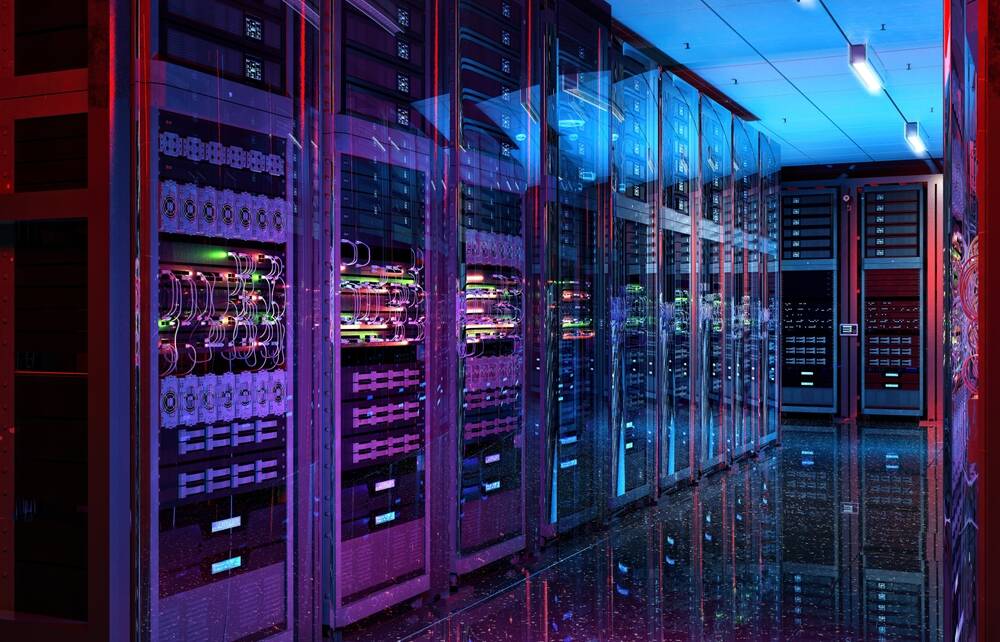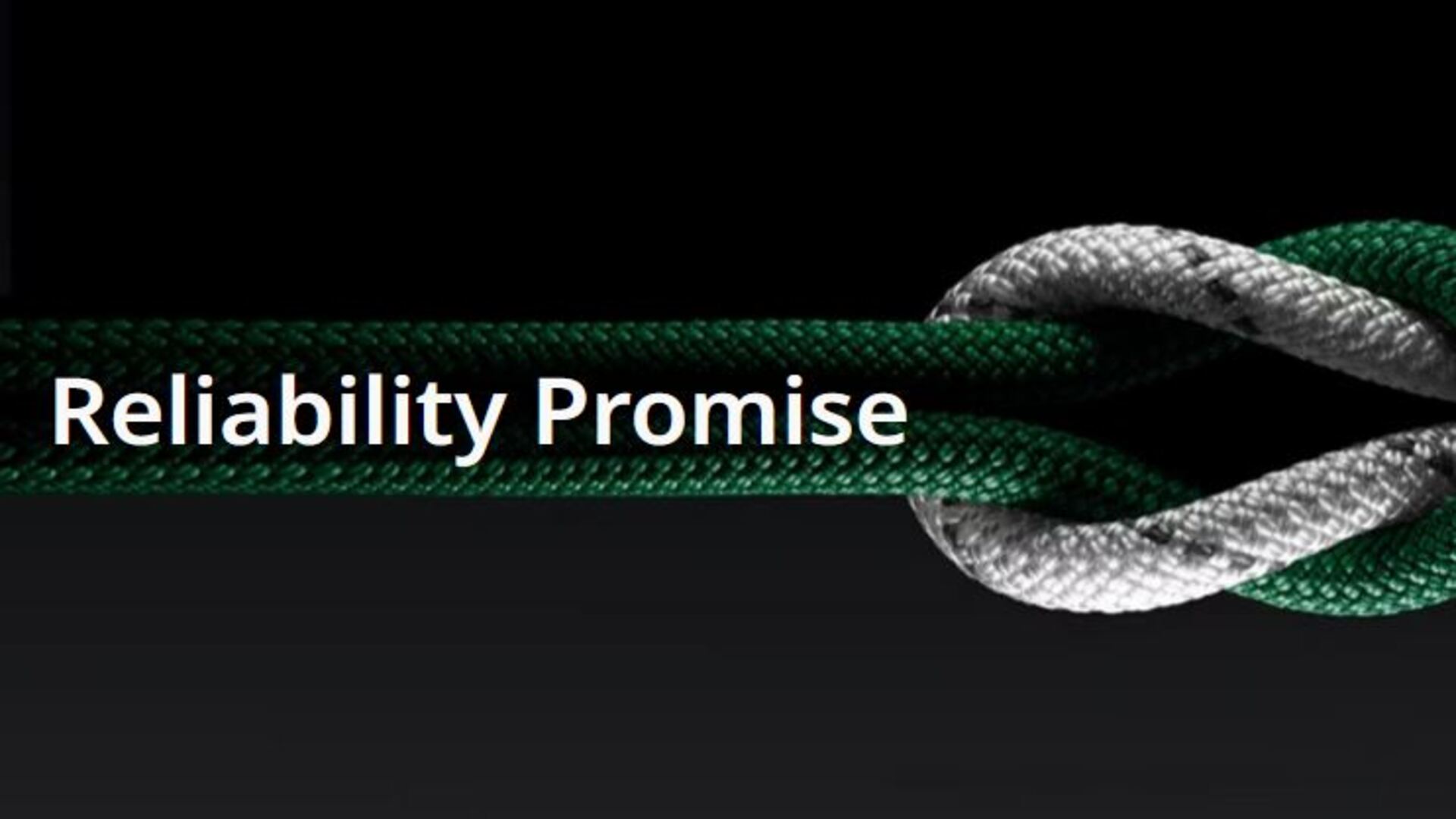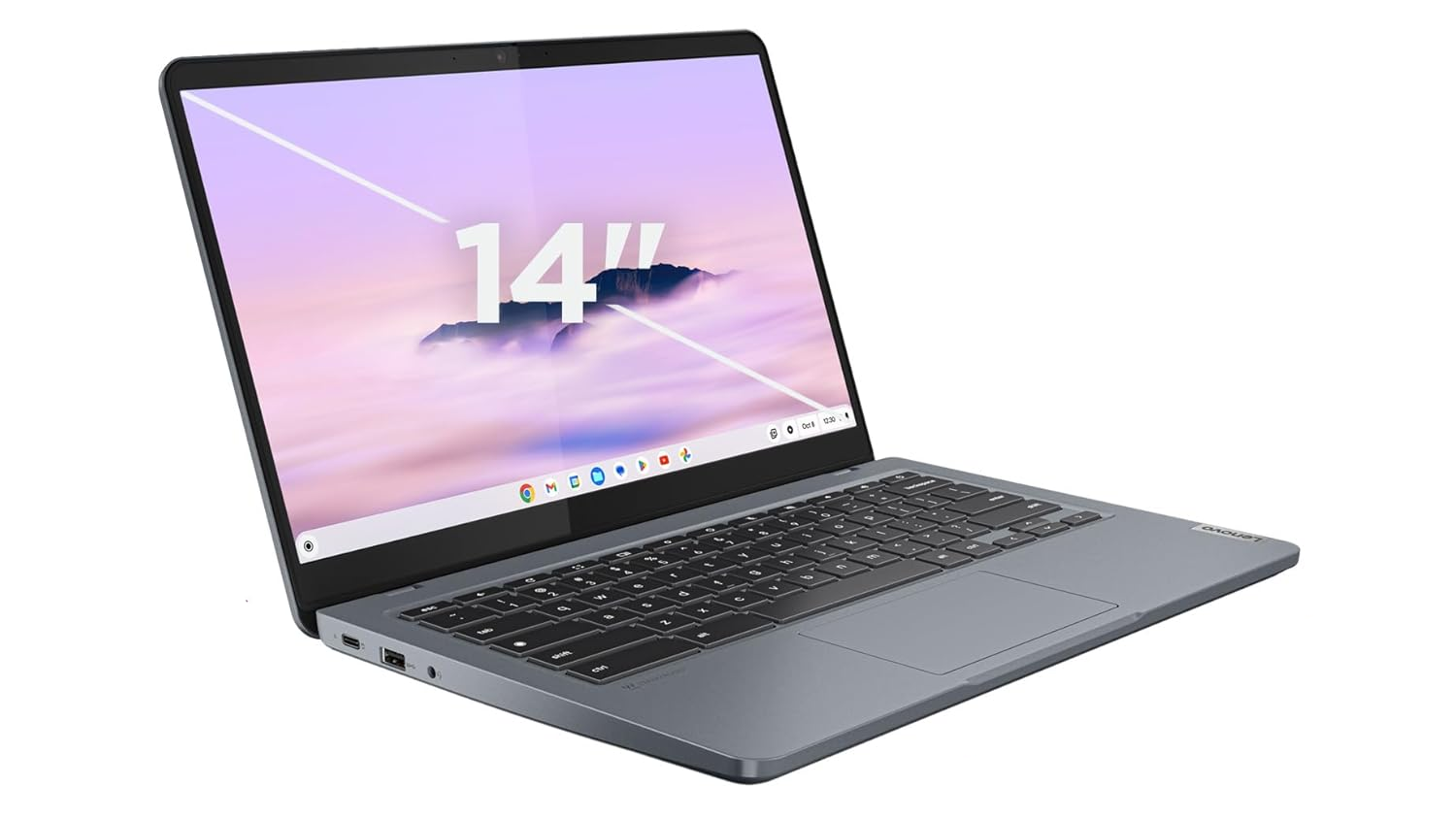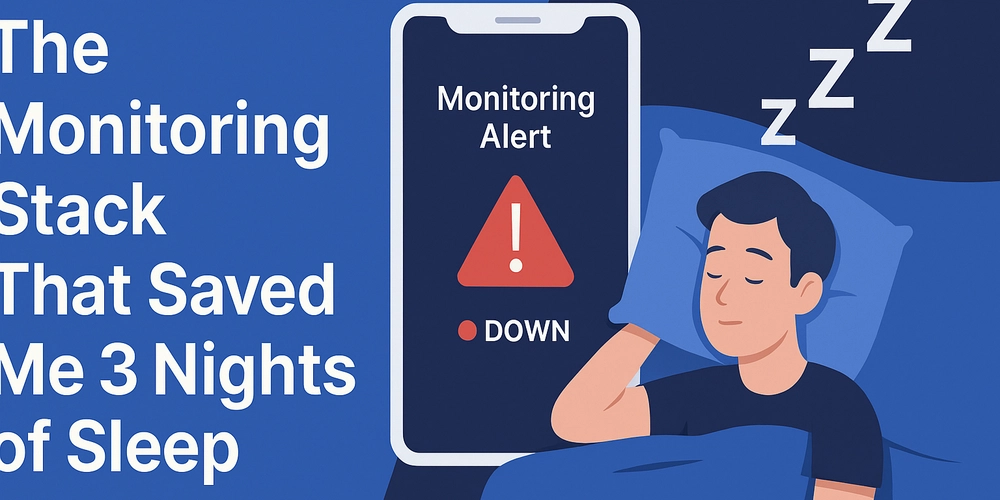Harnessing Office Power Tools and Tips for Energy Efficiency
In today's fast-paced business world, the push for productivity often comes hand-in-hand with an overlooked culprit—energy consumption. As offices buzz with activity, the lights shine brighter and equipment hums louder, but what if we could achieve greater efficiency while cutting costs and reducing our carbon footprint? Welcome to "Harnessing Office Power," where we're turning down the dial on wastefulness! In this blog post, we'll explore innovative tools and actionable tips that can transform your workspace into a beacon of energy efficiency. Whether you're managing a bustling corporate hub or a cozy home office, join us on this journey toward smarter energy use that not only benefits your bottom line but also nurtures our planet. Let's power up responsibly! *Introduction to Office Power and Energy Efficiency * In today's fast-paced corporate world, the concept of office power extends far beyond just electrical outlets and lighting. It's about harnessing energy in a way that not only boosts productivity but also promotes sustainability. As businesses face rising energy costs and increasing environmental scrutiny, the need for energy efficiency has never been more critical. By adopting effective strategies and tools, offices can significantly reduce their carbon footprint while improving their bottom line. Imagine walking into an office where every light switch is optimized, every device is monitored for usage, and employees are encouraged to adopt eco-friendly habits. This isn’t just a dream—it’s becoming a reality for many companies focused on transforming their workspaces into models of efficiency. Let’s delve deeper into how you can harness your office power effectively while making a positive impact on both your finances and the environment. *The Benefits of Implementing Energy Efficiency in the Office * Implementing energy efficiency in the office brings a multitude of benefits that extend beyond mere cost savings. First, it enhances employee comfort and productivity. A well-lit and temperature-controlled workspace creates an environment where employees can thrive. When they feel good, their work quality improves. Second, adopting energy-efficient practices contributes to sustainability efforts. Companies become part of the solution to reduce carbon footprints and combat climate change. Additionally, businesses often receive tax incentives for making eco-friendly upgrades. These financial boosts can further support ongoing operational costs. Moreover, showcasing commitment to sustainability can enhance brand image. Customers today value companies that prioritize environmental responsibility. Energy efficiency also fosters innovation as organizations explore new technologies and methods for reducing consumption while maintaining performance levels. This culture of improvement encourages creativity among staff members too. *Tools for Measuring and Monitoring Office Energy Usage * Measuring and monitoring office energy usage is essential for enhancing efficiency. Thankfully, there are numerous tools available to help businesses track their consumption effectively. Smart meters have gained popularity in recent years. These devices provide real-time information on electricity use. With detailed reports, companies can identify patterns and make informed decisions. Energy management software also plays a vital role. This technology allows organizations to analyze data over time, revealing trends that may not be immediately apparent. Another option is power strips with built-in timers or sensors. They cut off power when devices are not in use, reducing wasted energy effortlessly. Mobile applications offer convenience as well. Many apps enable users to monitor energy consumption from their smartphones while on the go. Utilizing these tools empowers businesses to take control of their office power needs efficiently and sustainably. Investing in these resources is a smart move toward achieving an eco-friendly workplace. *Tips for Reducing Energy Consumption in the Office * Start with simple habits. Encourage employees to turn off lights when leaving a room. Utilize natural light whenever possible. This reduces reliance on artificial lighting. Next, promote energy-efficient devices. Replace old printers and computers with Energy Star-rated equipment. These appliances consume less electricity without sacrificing performance. Temperature control is key. Set the thermostat a few degrees higher in summer and lower in winter to save energy costs while maintaining comfort levels. Regular maintenance of HVAC systems can prevent energy loss as well. Clean filters and check for leaks regularly to ensure optimal efficiency. Consider implementing power strips that allow quick shutdown of multiple devices at once during office downtime. It’s an easy way to cut back on phantom loads—those hidden energy drains from plugged-in electronics even when they're not in use. Lastly, foster an office culture focu

In today's fast-paced business world, the push for productivity often comes hand-in-hand with an overlooked culprit—energy consumption. As offices buzz with activity, the lights shine brighter and equipment hums louder, but what if we could achieve greater efficiency while cutting costs and reducing our carbon footprint? Welcome to "Harnessing Office Power," where we're turning down the dial on wastefulness! In this blog post, we'll explore innovative tools and actionable tips that can transform your workspace into a beacon of energy efficiency. Whether you're managing a bustling corporate hub or a cozy home office, join us on this journey toward smarter energy use that not only benefits your bottom line but also nurtures our planet. Let's power up responsibly!
*Introduction to Office Power and Energy Efficiency
*
In today's fast-paced corporate world, the concept of office power extends far beyond just electrical outlets and lighting. It's about harnessing energy in a way that not only boosts productivity but also promotes sustainability. As businesses face rising energy costs and increasing environmental scrutiny, the need for energy efficiency has never been more critical. By adopting effective strategies and tools, offices can significantly reduce their carbon footprint while improving their bottom line.
Imagine walking into an office where every light switch is optimized, every device is monitored for usage, and employees are encouraged to adopt eco-friendly habits. This isn’t just a dream—it’s becoming a reality for many companies focused on transforming their workspaces into models of efficiency. Let’s delve deeper into how you can harness your office power effectively while making a positive impact on both your finances and the environment.
*The Benefits of Implementing Energy Efficiency in the Office
*
Implementing energy efficiency in the office brings a multitude of benefits that extend beyond mere cost savings.
First, it enhances employee comfort and productivity. A well-lit and temperature-controlled workspace creates an environment where employees can thrive. When they feel good, their work quality improves.
Second, adopting energy-efficient practices contributes to sustainability efforts. Companies become part of the solution to reduce carbon footprints and combat climate change.
Additionally, businesses often receive tax incentives for making eco-friendly upgrades. These financial boosts can further support ongoing operational costs.
Moreover, showcasing commitment to sustainability can enhance brand image. Customers today value companies that prioritize environmental responsibility.
Energy efficiency also fosters innovation as organizations explore new technologies and methods for reducing consumption while maintaining performance levels. This culture of improvement encourages creativity among staff members too.
*Tools for Measuring and Monitoring Office Energy Usage
*
Measuring and monitoring office energy usage is essential for enhancing efficiency. Thankfully, there are numerous tools available to help businesses track their consumption effectively.
Smart meters have gained popularity in recent years. These devices provide real-time information on electricity use. With detailed reports, companies can identify patterns and make informed decisions.
Energy management software also plays a vital role. This technology allows organizations to analyze data over time, revealing trends that may not be immediately apparent.
Another option is power strips with built-in timers or sensors. They cut off power when devices are not in use, reducing wasted energy effortlessly.
Mobile applications offer convenience as well. Many apps enable users to monitor energy consumption from their smartphones while on the go.
Utilizing these tools empowers businesses to take control of their office power needs efficiently and sustainably. Investing in these resources is a smart move toward achieving an eco-friendly workplace.
*Tips for Reducing Energy Consumption in the Office
*
Start with simple habits. Encourage employees to turn off lights when leaving a room. Utilize natural light whenever possible. This reduces reliance on artificial lighting.
Next, promote energy-efficient devices. Replace old printers and computers with Energy Star-rated equipment. These appliances consume less electricity without sacrificing performance.
Temperature control is key. Set the thermostat a few degrees higher in summer and lower in winter to save energy costs while maintaining comfort levels.
Regular maintenance of HVAC systems can prevent energy loss as well. Clean filters and check for leaks regularly to ensure optimal efficiency.
Consider implementing power strips that allow quick shutdown of multiple devices at once during office downtime. It’s an easy way to cut back on phantom loads—those hidden energy drains from plugged-in electronics even when they're not in use.
Lastly, foster an office culture focused on sustainability through workshops or team challenges aimed at reducing individual energy footprints.
*Innovative Technologies for Energy Efficiency in the Workplace
*
The workplace is evolving, and so are the technologies that drive energy efficiency. Smart lighting systems have emerged as a game-changer. These adaptive lights adjust based on natural sunlight and occupancy, ensuring no energy goes to waste.
Another exciting innovation is the use of IoT sensors. These devices monitor real-time energy usage across various office equipment. By providing insights into consumption patterns, businesses can make informed decisions about where to cut back.
Energy management software also deserves attention. This technology integrates with existing systems, offering analytics that pinpoint inefficiencies in heating, cooling, and electrical use.
Moreover, renewable energy sources like solar panels are gaining traction in corporate settings. Harnessing solar power not only reduces reliance on traditional grids but also showcases a commitment to sustainability.
These innovative tools contribute significantly to reducing an office’s overall carbon footprint while promoting a culture of responsibility among employees.
*Case Studies: Successful Implementation of Energy Efficiency in Offices
*
One of the standout examples of energy efficiency in offices comes from a major tech company that revamped its headquarters. They introduced smart lighting systems equipped with motion sensors. This simple change led to a 30% reduction in energy usage.
Another notable case is a financial institution that implemented an innovative HVAC system. By using real-time data analytics, they optimized heating and cooling schedules based on occupancy levels. As a result, they cut their energy costs by nearly 25%.
A third example involves a co-working space embracing green building practices. Their use of reclaimed materials and solar panels not only lowered utility bills but attracted eco-conscious tenants as well.
These cases highlight how tailored strategies can significantly impact office power consumption while enhancing workplace comfort and productivity.
*Beyond Energy: How to Create a Sustainable and Environmentally Friendly Workspace
*
Creating a sustainable workspace goes beyond just energy efficiency. It involves cultivating an eco-friendly culture within the office.
Start by choosing materials wisely. Opt for recycled products and sustainably sourced furnishings. This can reduce your carbon footprint significantly.
Promote green practices among employees. Encourage them to use digital documents instead of printing, reducing paper waste dramatically.
Incorporate plants into your office design. They enhance air quality and boost morale while creating a more inviting atmosphere.
Implement water-saving fixtures in kitchens and restrooms. Small changes here can lead to substantial savings over time.
Don’t forget about transportation options! Incentivize carpooling or public transport use, helping to minimize emissions from daily commutes.
Finally, think about how you dispose of waste. Set up recycling stations throughout the office to ensure responsible waste management is easy for everyone.
*Conclusion: Harnessing Office Power for a Brighter Future.
*
Harnessing office power is not just about reducing costs; it’s a pathway to creating a sustainable and efficient work environment. By focusing on energy efficiency, businesses can unlock substantial savings while contributing positively to the planet.
Implementing innovative tools for monitoring energy usage empowers offices to make informed decisions that lead to lower consumption. Simple changes in daily operations can have significant impacts. From turning off lights when they’re not needed to investing in smart technologies, every little effort counts.
Moreover, showcasing successful case studies inspires others in the industry to follow suit. The ripple effect of one company embracing energy efficiency can motivate countless others along the way.
Creating an environmentally friendly workspace transcends mere energy use; it's about fostering a culture of sustainability and responsibility among employees. Encouraging green practices helps build community engagement within the workplace.
As organizations continue their journey toward greater environmental consciousness, embracing these strategies will pave the way for a brighter future—both for businesses and our planet as a whole.
















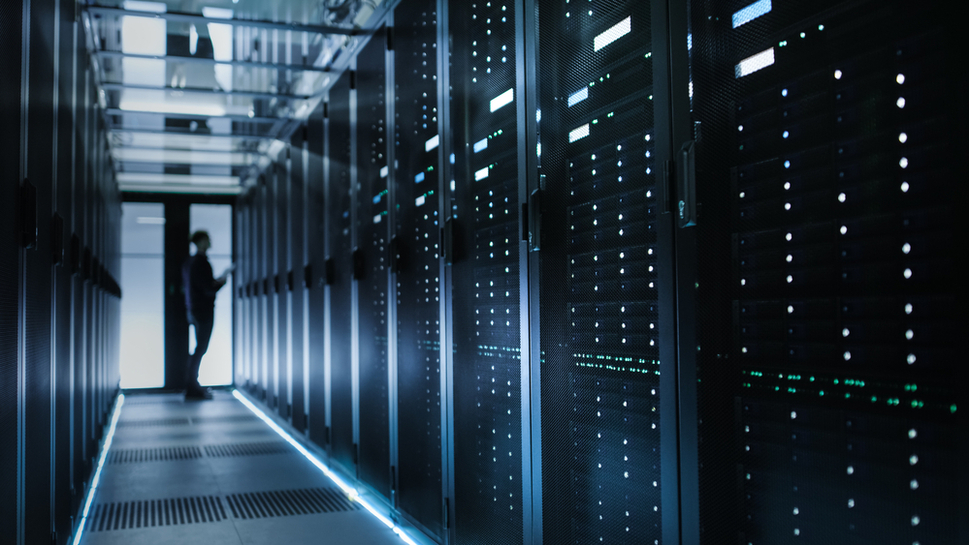




















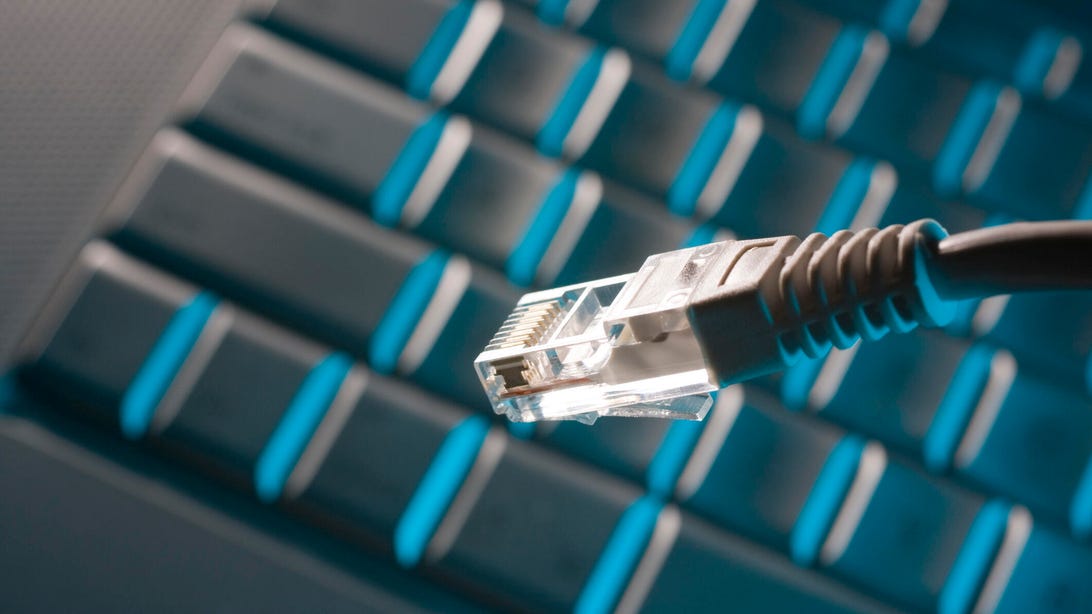































































































































![[The AI Show Episode 145]: OpenAI Releases o3 and o4-mini, AI Is Causing “Quiet Layoffs,” Executive Order on Youth AI Education & GPT-4o’s Controversial Update](https://www.marketingaiinstitute.com/hubfs/ep%20145%20cover.png)















































































































![Gone Home: o jogo que destruiu as regras e construiu um novo sentido para videogames [PT-BR]](https://media2.dev.to/dynamic/image/width%3D1000,height%3D500,fit%3Dcover,gravity%3Dauto,format%3Dauto/https:%2F%2Fdev-to-uploads.s3.amazonaws.com%2Fuploads%2Farticles%2Fg2ioe7qbj9f29c1f57jz.png)













![[DEALS] Mail Backup X Individual Edition: Lifetime Subscription (72% off) & Other Deals Up To 98% Off – Offers End Soon!](https://www.javacodegeeks.com/wp-content/uploads/2012/12/jcg-logo.jpg)















































































































































_Brian_Jackson_Alamy.jpg?width=1280&auto=webp&quality=80&disable=upscale#)






















































































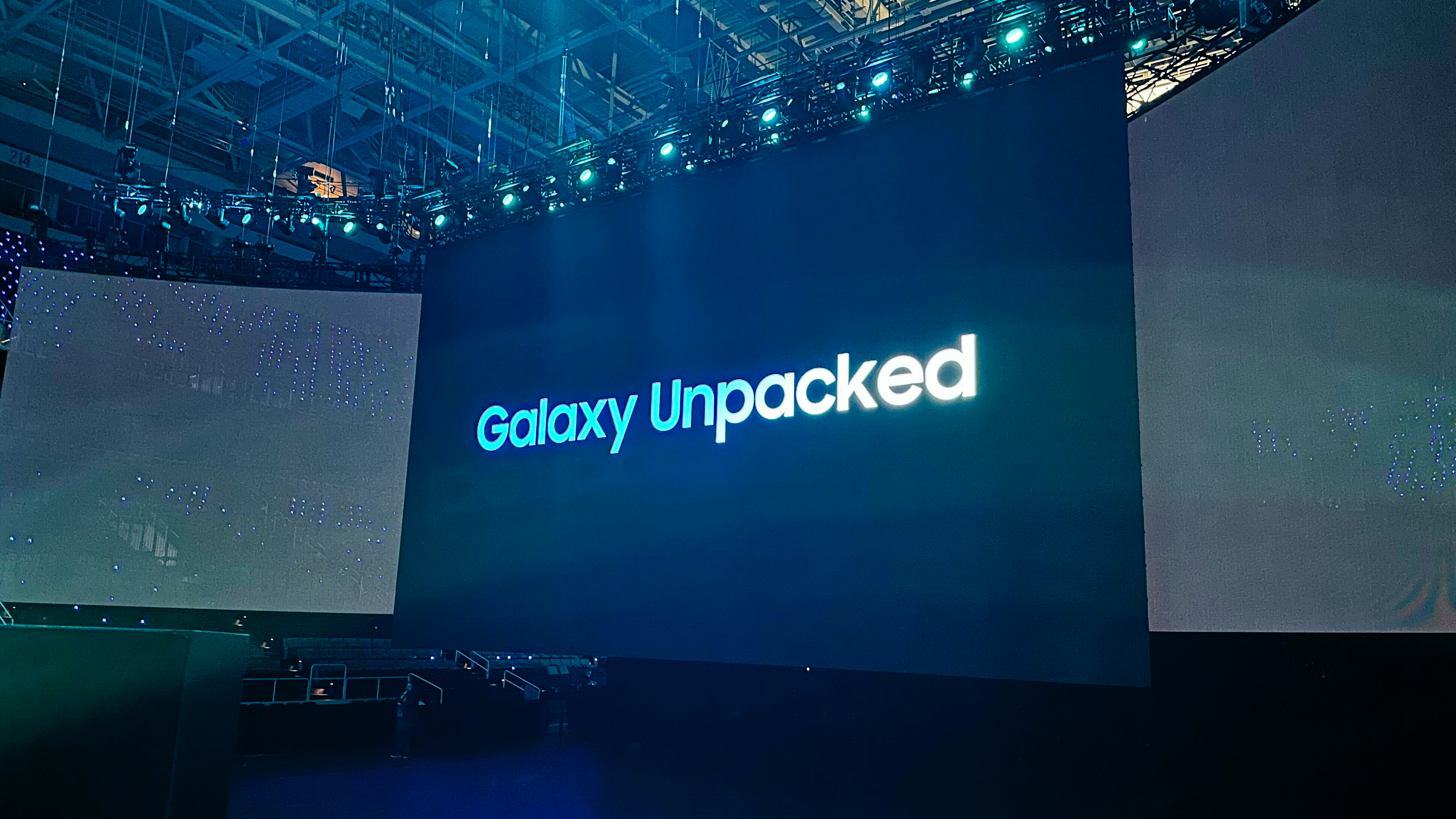

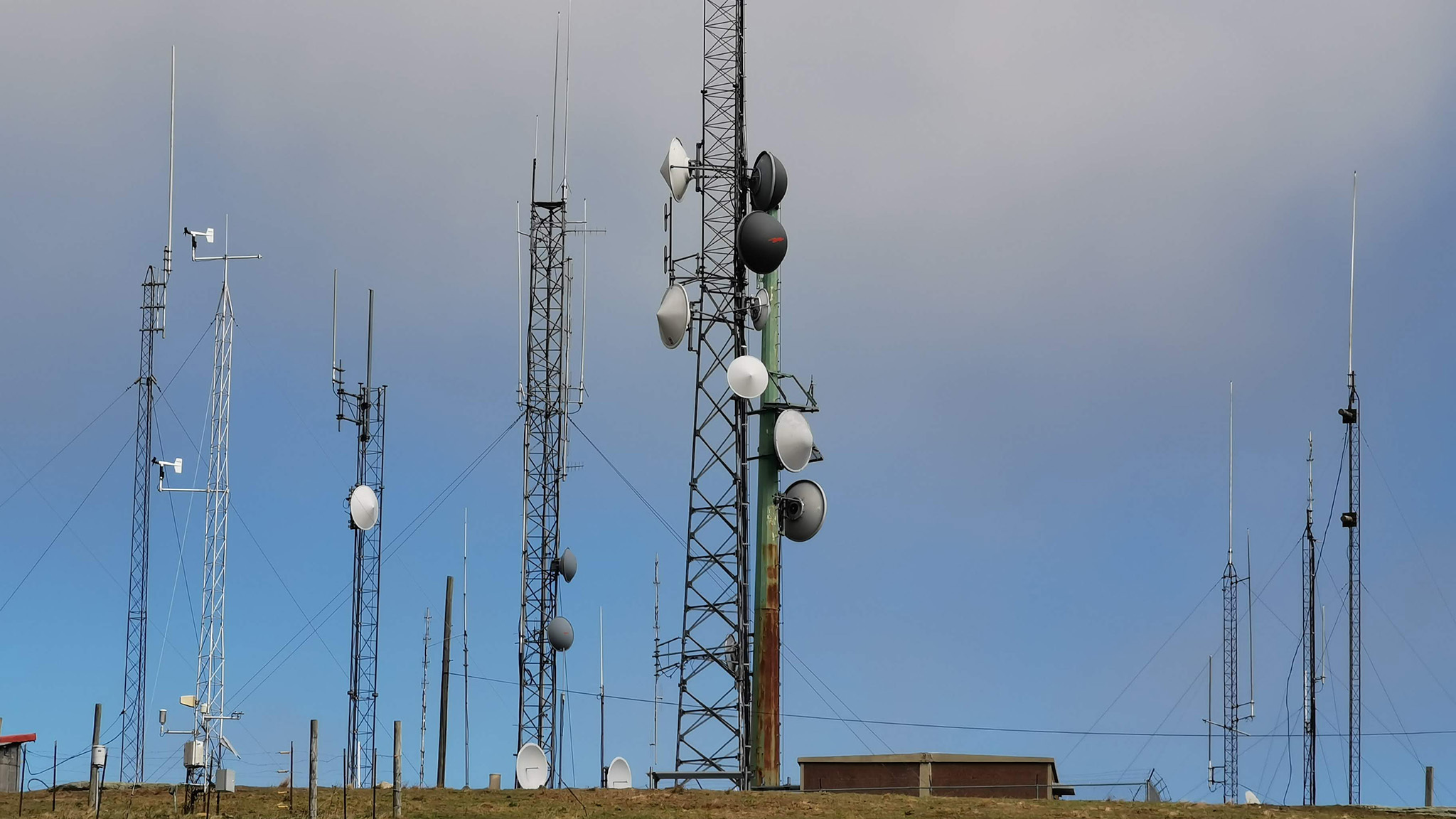











![Google Home app fixes bug that repeatedly asked to ‘Set up Nest Cam features’ for Nest Hub Max [U]](https://i0.wp.com/9to5google.com/wp-content/uploads/sites/4/2022/08/youtube-premium-music-nest-hub-max.jpg?resize=1200%2C628&quality=82&strip=all&ssl=1)










